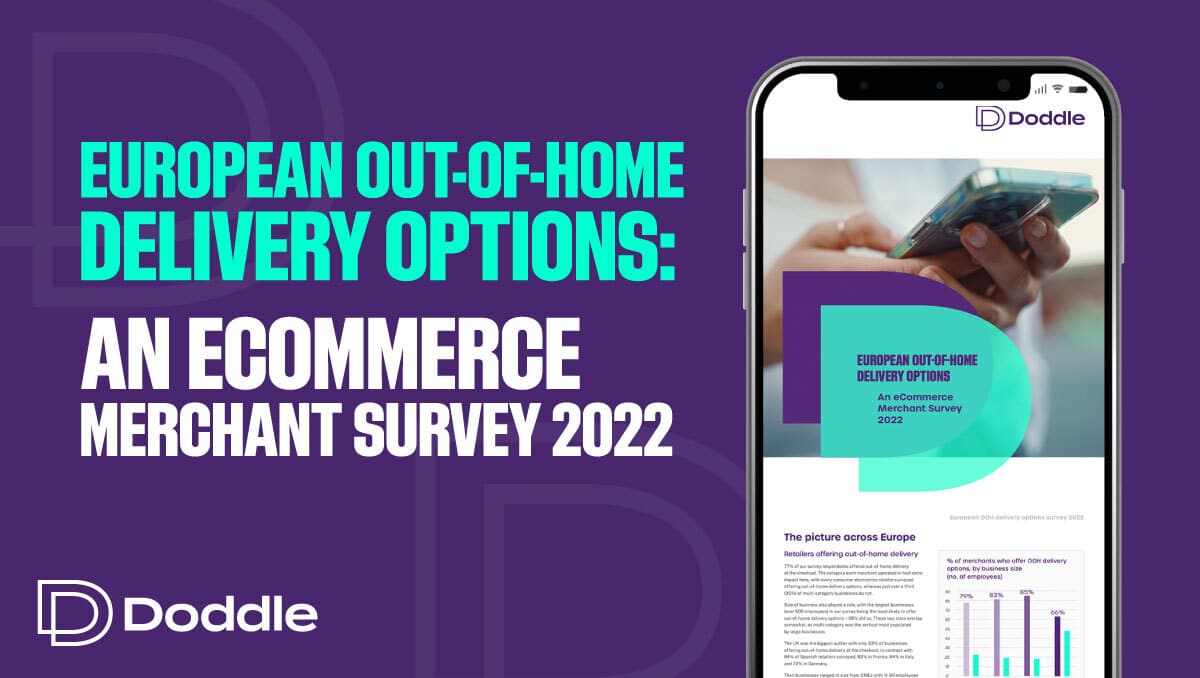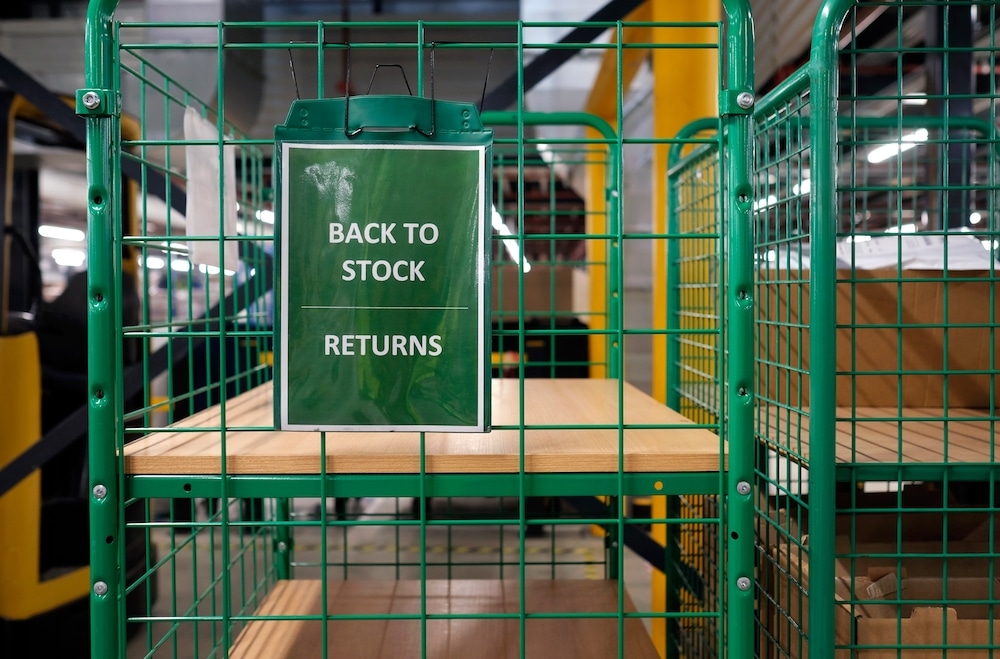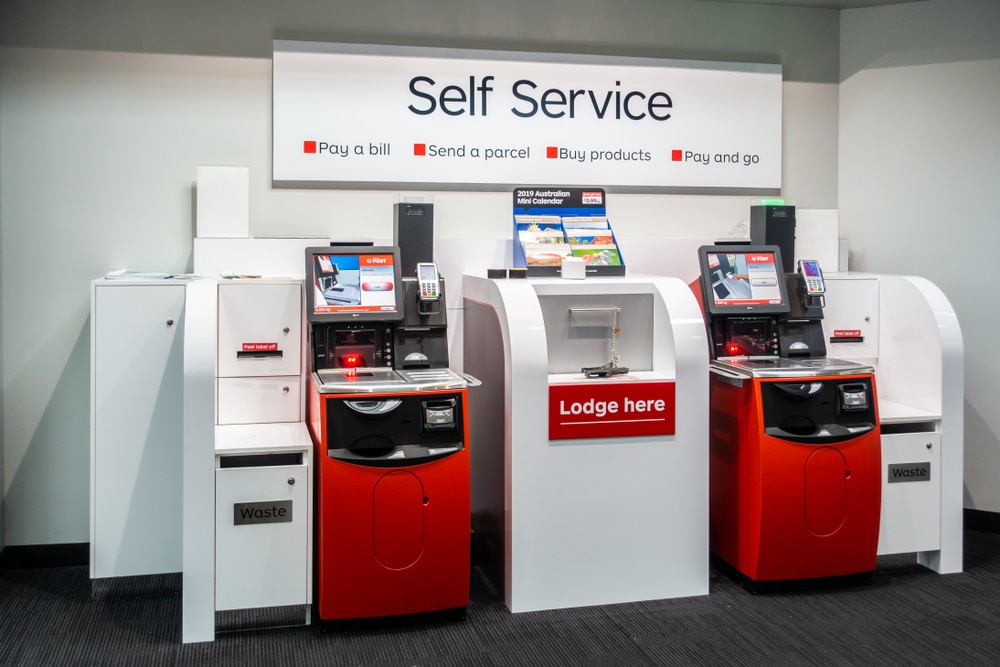Insight / Blog
Two opportunities for carriers to improve customer retention
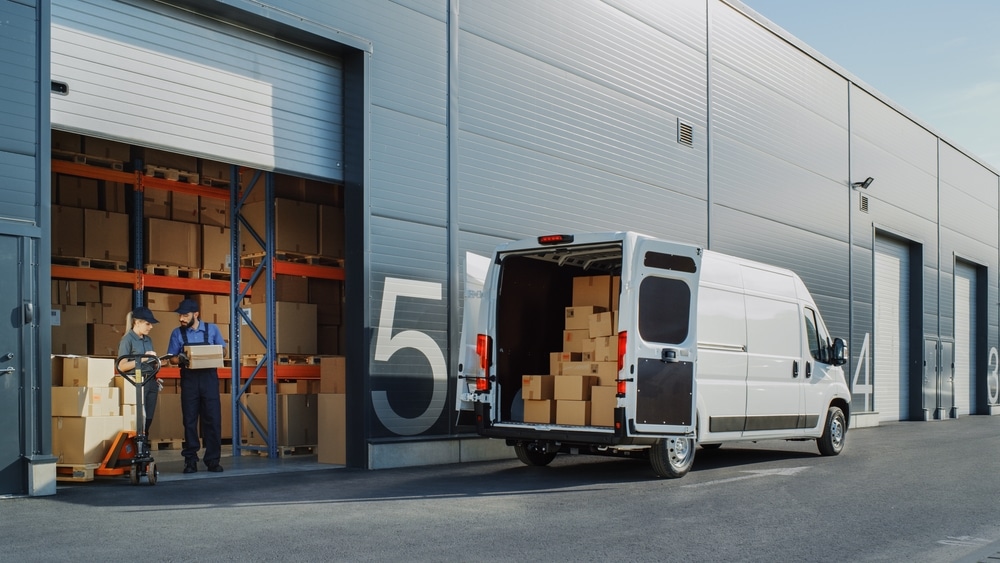
Summary: To retain customers, carriers need to solve key issues merchants are facing: high return rates and reduced consumer spending.
Carriers face a competitive world where gaining merchant customers isn’t wholly dominated by price. Being the cheapest option available isn’t enough to keep merchants loyal; they need stronger relationships with carriers that solve some of the challenges retailers currently face. Retailers are currently facing two major challenges: high return rates putting pressure on margins, and reduced consumer spending thanks to wider macroeconomic issues.
This means it’s more important than ever for retailers to increase profit margins, retain their existing customers and generate new sales in a cost-effective way. It’s here that carriers can help – and thus secure retailer loyalty – by providing a better consumer experience in delivery and returns. For their part, retailers are already seeking to improve in these areas. Our research this year has shown that:
-
94% of merchants say improving returns is a priority
-
64% say improving returns is a high or very high priority
-
83% of merchants would consider switching carriers for better out-of-home (OOH) delivery options
-
74% of merchants would be interested in a returns solution provided by their carrier
Here’s how carriers can improve their merchants’ performance, to ensure they retain these valuable customers.
Returns 2022: Why carriers have to care
The psychology of first and last-mile logistics
Behavioural economists say that memories of an experience are most prominently shaped by the peak (that is, the most intense part) and the end. When the ‘peak-end’ rule is applied to ecommerce, it suggests that the most memorable part of this experience for consumers is likely to be the delivery experience, and if applicable, the return experience. This explains why 7 in 10 shoppers are less likely to return to a brand after a poor delivery experience, and 8 out of 10 consumers won’t shop with a brand again after a negative return experience. However, if the returns experience is right, 92% of consumers will return to buy again.
So if carriers can offer improved delivery and return experiences, retailers will increase customer lifetime value with higher purchase frequency and longer customer loyalty. In turn, carriers will increase their own customer retention, and be more likely to secure new retailer partnerships to continue their growth. We’ve seen this first-hand: our Japanese carrier partner Yamato was working with GAP Japan to improve its online returns experience. By adopting Yamato’s Digital Returns solution, powered by Doddle, GAP Japan was able to reduce returns costs and increase customer satisfaction throughout the ecommerce journey, ensuring more customers came back to shop again.

Positive delivery experiences aren’t just fast and free
There is an assumption that consumers just want fast and free delivery. This is partly shaped by Amazon’s success in building a network of free next-day deliveries to its Prime members, which was cited as the number one reason consumers shop with the platform. However, there are other important consumer needs to cater for as well.
Ecommerce has been getting faster and cheaper over the last 15 years. These factors are important to consumers – cost was ranked as the most important aspect of delivery by UK consumers in our Post-Covid report, with 91% of shoppers citing it as important. In close second was speed at 85%, followed by flexibility at 79%.
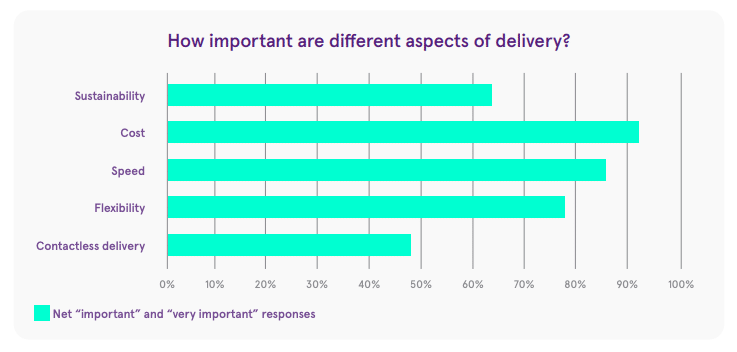
Consumers want more than just fast and free. They want optionality, flexibility, control, and visibility over their delivery, which are often swept under the rug to focus on speed.
84% of customers won’t return to a brand that misses their delivery. The main goal here isn’t about speed; it’s about making convenient, easy and successful deliveries. Consumers want to know where their order is, when it will arrive, and options to pick it up if they are not at home so they are not being ‘held hostage’ by an impending delivery.
Carriers can provide one major fix to improve the delivery experience by helping their merchants to offer OOH delivery at the checkout.
OOH delivery options achieve better NPS scores
Providing consumers with more OOH delivery options is proven to aid performance and improve key retailer metrics, including NPS, conversion rate and average order value. Our recent European OOH delivery option report discovered that by adding OOH delivery options to the checkout:
-
50% of retailers saw an increase in conversion rate
-
54% of retailers saw an increase in average order value
-
57% of retailers saw an increase in NPS score
For Australia Post retailer OZ Hair & Beauty, adding OOH delivery options boosted overall NPS by 8% and first-time delivery rates by 20% between July 2020 and June 2021.
OOH delivery options increase retailer performance because they appeal to the convenience and flexibility needs of the consumer. They do not need to wait for or miss deliveries (or pay for expensive guaranteed time slots). Instead, parcels can be collected on their schedule, at a time and place that suits them.
Our work with Australia Post also highlighted that the NPS score doubled when customers chose to collect a parcel from a post office, compared to visiting when carded for a missed delivery. Consumers don’t hate visiting collection points – they hate not having control.
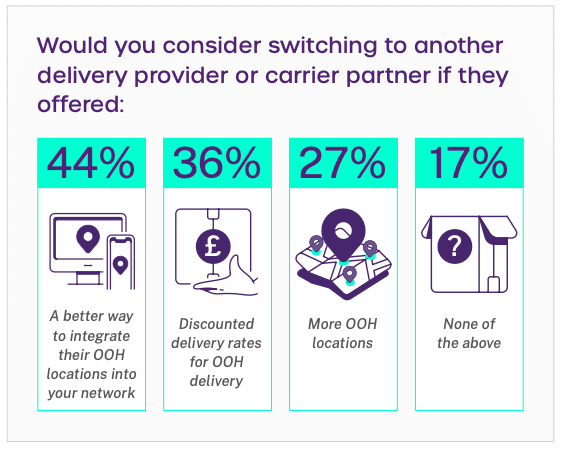
Our OOH delivery report also uncovered that:
-
44% of retailers would consider switching to another delivery partner for a better way to integrate its OOH locations onto their network
-
27% of retailers would also consider switching to another delivery partner for more OOH locations
-
83% of retailers would consider switching carriers for reasons related to OOH delivery
This indicates that retailers realise the importance of OOH delivery options, which is starting to factor into decision-making. By providing OOH options and easy integrations, carriers can improve customer retention.
Tackling a rising return problem
Returns are a costly problem for retailers. For every £30 item returned, they lose £20. And with return rates on the rise, reaching 40% for some retailers, returns are putting increasing pressure on profit margins.
Returns are also a dealbreaker for consumers, with 8/10 leaving a retailer after a bad return experience. However, as we pointed out earlier, if the returns experience is right, 92% of consumers will return to buy again.
A good returns process for consumers is convenient, fast and easy to use (sound familiar?). The best way to enable such a process is through a digital returns portal, where customers enter their order information and select the items they want to return and why. Once done, they choose a convenient drop-off return location, including paperless returns if they don’t have a printer. For carriers, this also enables a way to encourage volume into specific channels for increased consolidation and efficiency.
This portal not only gathers returns information for retailers but also allows them to implement rules to prohibit certain returns or to ship to different locations. For example, items outside the returns window could be rejected, while in-demand items in perfect condition can be sent to the store for a quicker resale process.
In our 2022 returns report, we discovered that 74% of retailers who don’t already use a returns solution would be interested in using one from their carrier. The demand is there, and retailers are already looking to carriers to solve this issue – the opportunity is ripe for customer retention.
Retailers look to their carriers for solutions
Increasing customer retention is done by solving the needs of your client. For carriers, this is about helping retailers solve key issues around delivery and returns through OOH delivery option integration and a digital returns portal.
These solutions won’t just aid customer retention but also encourage growth through new partnerships as 83% of our survey respondents, whether they currently offer out-of-home delivery or not, said that they would consider switching carriers for better integrations, cheaper out-of-home rates or more out-of-home locations.
Want to find out more about retaining merchant business with better OOH delivery options and digital returns solutions? Get in touch with our team.
Related articles
Why mastering returns is key to 3PL growth
With returns management systems, 3PLs can turn returns from a burden to a competitive advantage.
7 tactics to drive self-service parcel drop-off adoption
Focusing on parcel kiosks, we explore 7 tactics to encourage customer adoption and drive volume into out-of-home (OOH) delivery networks.
Lessons from a decade in the first and last mile
A decade as Doddle taught us some lessons - and Blue Yonder helps us see what will matter in the next decade.








